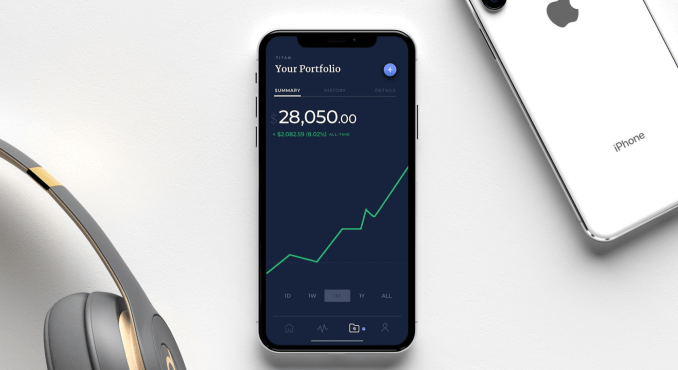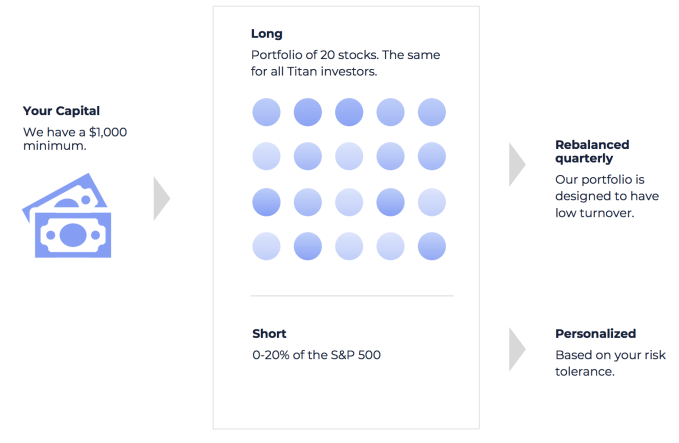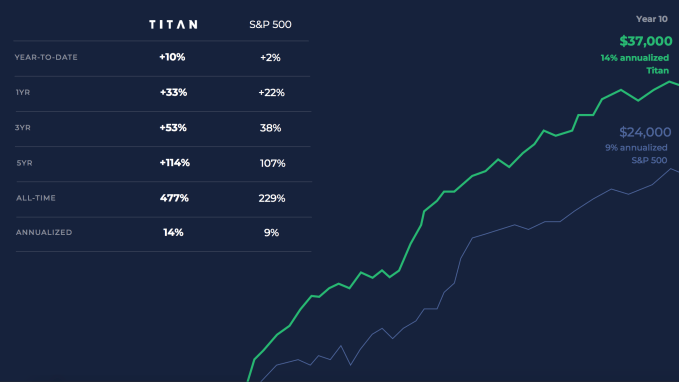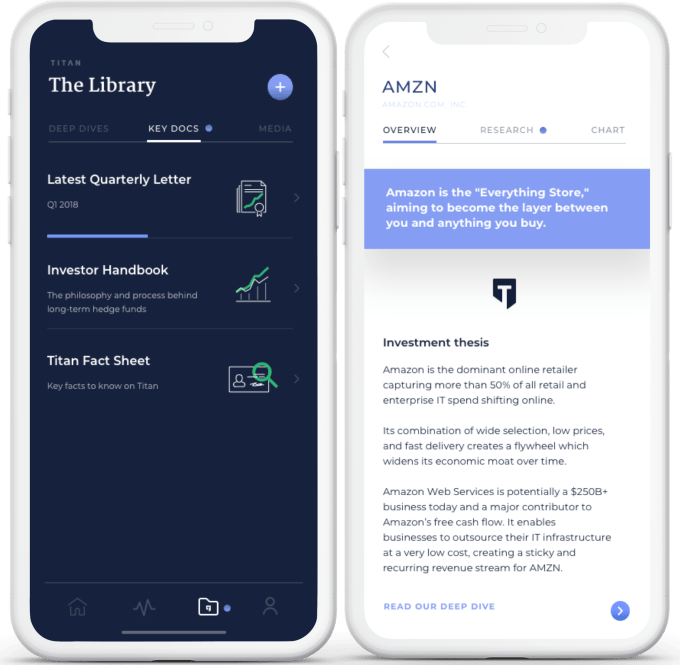Twitch Prime, the perks program for Amazon Prime members offering free loot, games and other benefits is ditching one of its best features: ad-free viewing. According to an email sent out to Amazon Prime members today, ad-free viewing will no longer be included as a part of Twitch Prime for new members, beginning on September 14. However, members with existing annual subscriptions will be able to continue to enjoy ad-free viewing until their subscription comes up for renewal.
And those with monthly subscriptions will have access to ad-free viewing until October 15.
Twitch’s email offered a simple explanation as to why ad-free viewing was no longer going to be a part of the benefit program, saying that: “advertising is an important source of support for the creators who make Twitch possible.”
The company also stressed that this change would “strengthen and expand that advertising opportunity for creators so they can get more support from their viewers for doing what they love.”
In an accompanying blog post, Twitch further explained that the change will allow Twitch to remain a place where “anyone can enjoy one-of-a-kind interactive entertainment” and where creators can “build communities around the things they love and make money doing it.”
In other words, creators need to make more money, and so does Twitch – especially if it ever wants to challenge YouTube.
As you may expect, Twitch user reaction has been swift and negative. In the comments of Twitch’s post, users are threatening to ditch Twitch Prime altogether saying that its other features – like in-game loot, monthly channel subscriptions, exclusive badges and the like – were not the main reasons they were interested in this perks program.
Twitch Prime was launched in September 2016 as a benefit for Amazon Prime members – one of the now many perks that accompany a Prime subscription, in addition to Amazon’s Prime 2-day shipping. Amazon had acquired Twitch in 2014, and this was the first big move it made to integrate the two properties beyond airing some TV pilots on the service.
Since Twitch Prime’s launch, Amazon has been adding features to the program – most recently, free games every month, for example. Twitch says this year it’s given away over $1,000 worth of games and loot to members, and promises “more and better free games” and loot in the future.
Although ad-free viewing across Twitch won’t be included in Twitch Prime in the future, the company did note that there will still be a way to turn off ads.
If Twitch users have an Amazon Prime membership (meaning they’ll still have Twitch Prime, too), they can use their monthly subscription token on a channel that offers ad-free viewing to subscribers.
In addition, users can opt for Twitch Turbo, a separate monthly subscription program that offers ad-free viewing across all of Twitch, plus other features like additional emoticons, chat badges, priority support and more.
Users, of course, are outraged that a benefit that used to come free with a Prime subscription will now cost an additional $8.99 per month.
Twitch’s decision to remove ad-free viewing could be a part of its bigger plan to woo creators to its service.
The company has been in the news as of late for having YouTube-esque ambitions. According to a report from Bloomberg, the company wants to turn the game-streaming site into a broader video service and has been pursuing livestreaming deals with dozens of popular creators and media companies who have large YouTube fan bases. The company has offering minimum guarantees as high as a few million dollars a year, plus a share of future advertising sales and subscription revenues, the report said.







